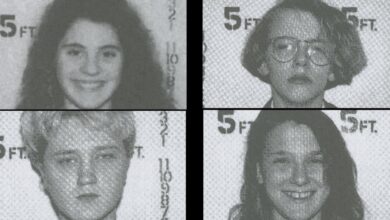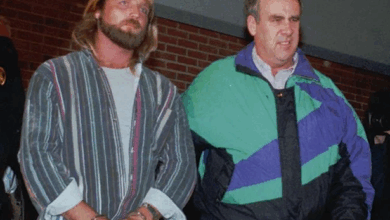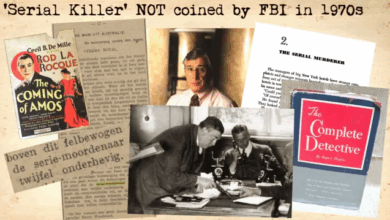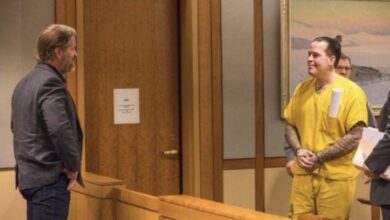Murder in Robin Hood Hills: The Case Against the West Memphis Three
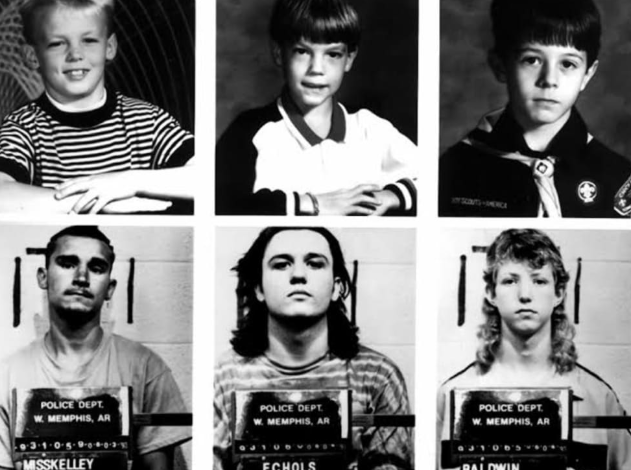
The Case Against the West Memphis Three
The brutal 1993 murders of three young boys in West Memphis, Arkansas, shocked the nation and led to one of the most controversial criminal cases in modern American history. Known as the case of the West Memphis Three, it involved the arrest, trial, and conviction of three teenagers—Damien Echols, Jason Baldwin, and Jessie Misskelley Jr.—for the murders of Stevie Branch, Michael Moore, and Christopher Byers. The case became infamous not just because of its horror, but because of the questionable evidence, alleged satanic panic, and years of legal battles that followed.
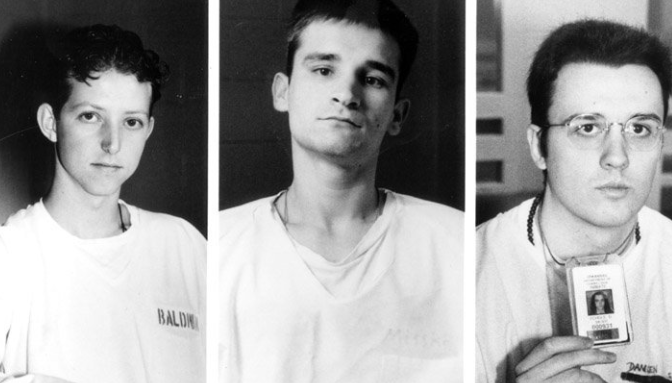
The Murders in Robin Hood Hills
On May 5, 1993, eight-year-old friends Stevie Branch, Michael Moore, and Christopher Byers went out riding bikes in their quiet neighborhood of West Memphis. They never came home. The next day, their naked, mutilated bodies were discovered in a wooded area known as Robin Hood Hills. Their wrists and ankles had been bound with shoelaces, and the boys had suffered horrific injuries. One boy, Christopher Byers, had his genitals mutilated, leading investigators to believe the crime might have been sexually motivated or ritualistic in nature.
The gruesome nature of the murders stunned the small, conservative community. With few leads and mounting public pressure, police quickly turned their focus toward a group of local teenagers who wore black, listened to heavy metal music, and were perceived as outsiders.
The Arrest of the West Memphis Three
The investigation quickly zeroed in on Damien Echols, an 18-year-old with a troubled past, a fascination with the occult, and a distinctive gothic appearance. Police believed the murders may have been part of a satanic ritual, and Echols fit the profile they were looking for. His close friend Jason Baldwin, 16, and another teen, Jessie Misskelley Jr., 17, were also brought in for questioning.
Misskelley, who had an IQ of about 72, was interrogated by police for nearly 12 hours without a parent or lawyer present. Eventually, he confessed to being involved in the murders and implicated Echols and Baldwin. However, his confession was riddled with inconsistencies, contradictions, and factual errors—such as getting the time of the murders wrong and describing injuries that didn’t match the autopsy reports. Despite this, his confession became the backbone of the case against the three boys.
Misskelley later recanted his confession, claiming it had been coerced, but the damage was already done.
The Trial and Conviction
The trials took place in 1994, and were heavily influenced by the idea that the murders were part of a satanic ritual. Prosecutors presented little physical evidence linking the three teens to the crime scene. Instead, they relied heavily on Misskelley’s confession, Echols’ interest in the occult, and testimony from dubious witnesses.
One witness claimed to have overheard Echols bragging about the murders at a softball game. Another claimed that Echols had drawn satanic symbols and written disturbing entries in a journal. No DNA evidence, fingerprints, or fibers connected the teens to the murders. The only trace of blood found near the crime scene did not match any of the suspects.
Despite the lack of solid evidence, all three were convicted. Misskelley and Baldwin received life sentences, while Echols was sentenced to death. The verdicts sparked immediate outrage among legal experts and civil rights advocates who believed the teens had been wrongly convicted based on their appearance and interests rather than factual evidence.
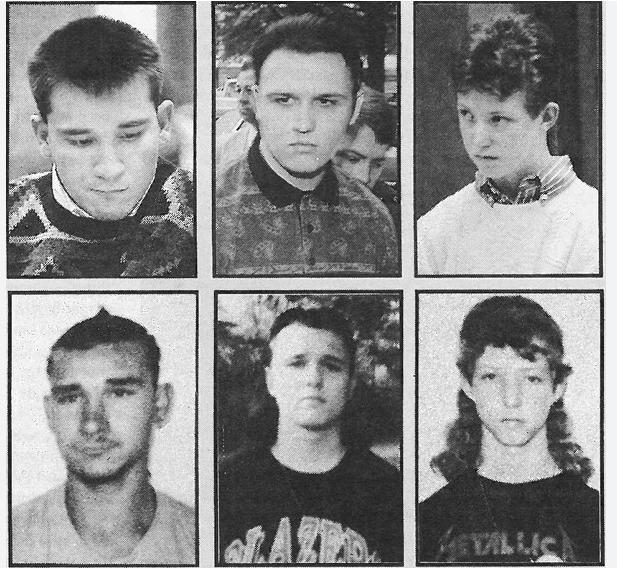
The Documentary Spotlight and Rising Doubts
The case gained national and international attention in 1996 when HBO aired “Paradise Lost: The Child Murders at Robin Hood Hills”, a documentary by Joe Berlinger and Bruce Sinofsky. The film painted a picture of a rushed and flawed investigation, a biased trial, and a conviction based more on moral panic than fact. Two sequels, Paradise Lost 2 (2000) and Paradise Lost 3 (2011), further fueled public interest and skepticism.
Celebrities, musicians, and activists rallied behind the West Memphis Three. Supporters included Johnny Depp, Eddie Vedder, and Natalie Maines of the Dixie Chicks. Donations poured in for legal defenses and DNA testing, which had not been available at the time of the original trials.
New Evidence and the Alford Plea
In 2007, new DNA testing was conducted on evidence from the crime scene. Crucially, none of the DNA found on the victims’ bodies or clothes matched Echols, Baldwin, or Misskelley. Instead, a hair found on one of the shoelaces used to bind the boys was consistent with the stepfather of one of the victims, Terry Hobbs—though no formal charges were brought against him.
Faced with growing public pressure and mounting legal challenges, the Arkansas Supreme Court ordered a hearing in 2010 to consider new evidence. In 2011, after 18 years in prison, the West Memphis Three were offered a rare legal compromise: the Alford plea. Under this arrangement, they could assert their innocence while still formally pleading guilty to the crimes. In return, they would be sentenced to time served and released from prison.
On August 19, 2011, all three men walked free.
Lingering Questions and Calls for Justice
While the West Memphis Three were released, they were never exonerated. The Alford plea meant that the original convictions still stood on record, and the state of Arkansas maintained that the men were guilty. This outcome left many unsatisfied—especially the families of the victims, who never received a clear or confirmed explanation of who murdered their children.
To this day, no one else has been charged in connection with the 1993 murders. Theories continue to circulate about other possible suspects, including Terry Hobbs and other individuals with ties to the victims. Legal teams and activists continue to push for full exoneration and additional DNA testing, but the case remains legally unresolved.
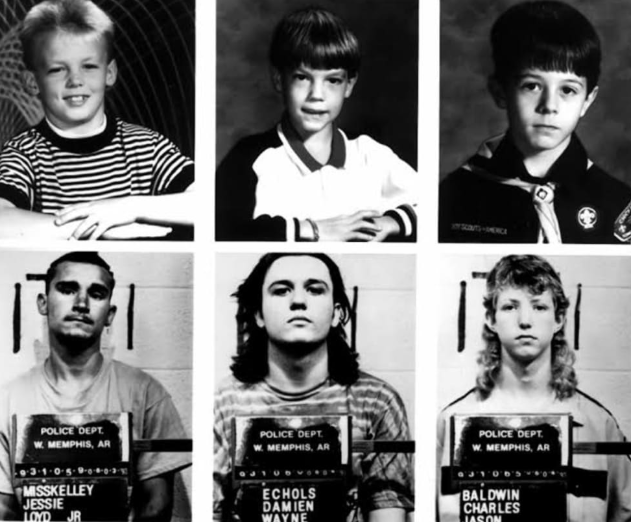
Legacy
The West Memphis Three case remains a symbol of justice gone wrong. It exposed the dangers of moral panic, confirmation bias, and the power of public perception in criminal trials. It also showed the impact of media and public advocacy in bringing about change, even after nearly two decades.
Damien Echols, once sentenced to death, has become an outspoken critic of the justice system and a published author. Jason Baldwin became a legal advocate, working to help others who may have been wrongfully convicted. Jessie Misskelley, more reclusive than the others, has largely stayed out of the public eye.
The haunting mystery of what really happened in the woods of Robin Hood Hills remains unsolved. But the story of the West Memphis Three serves as a chilling reminder of how easily justice can be derailed—and how long the road to truth can be.

